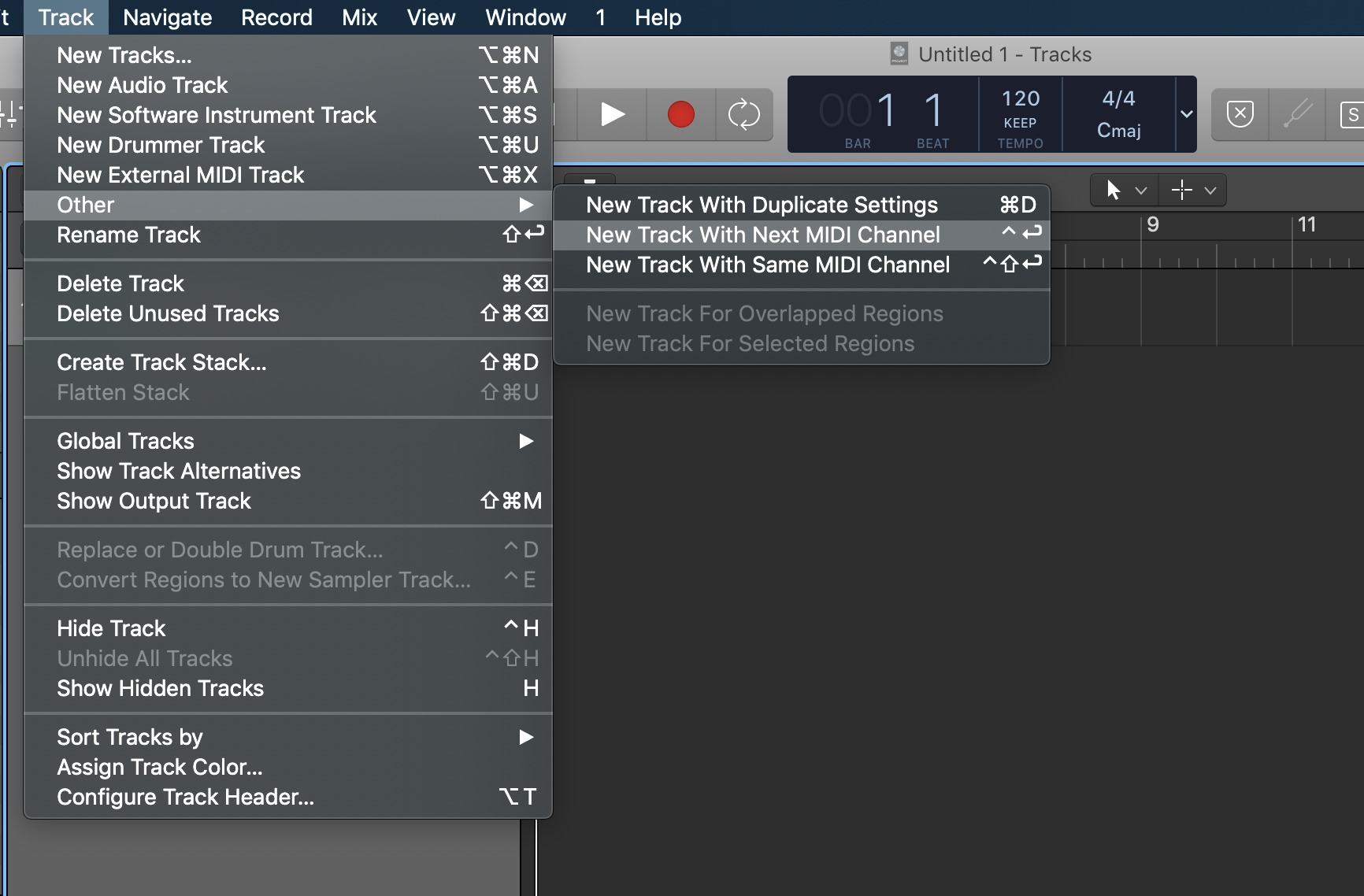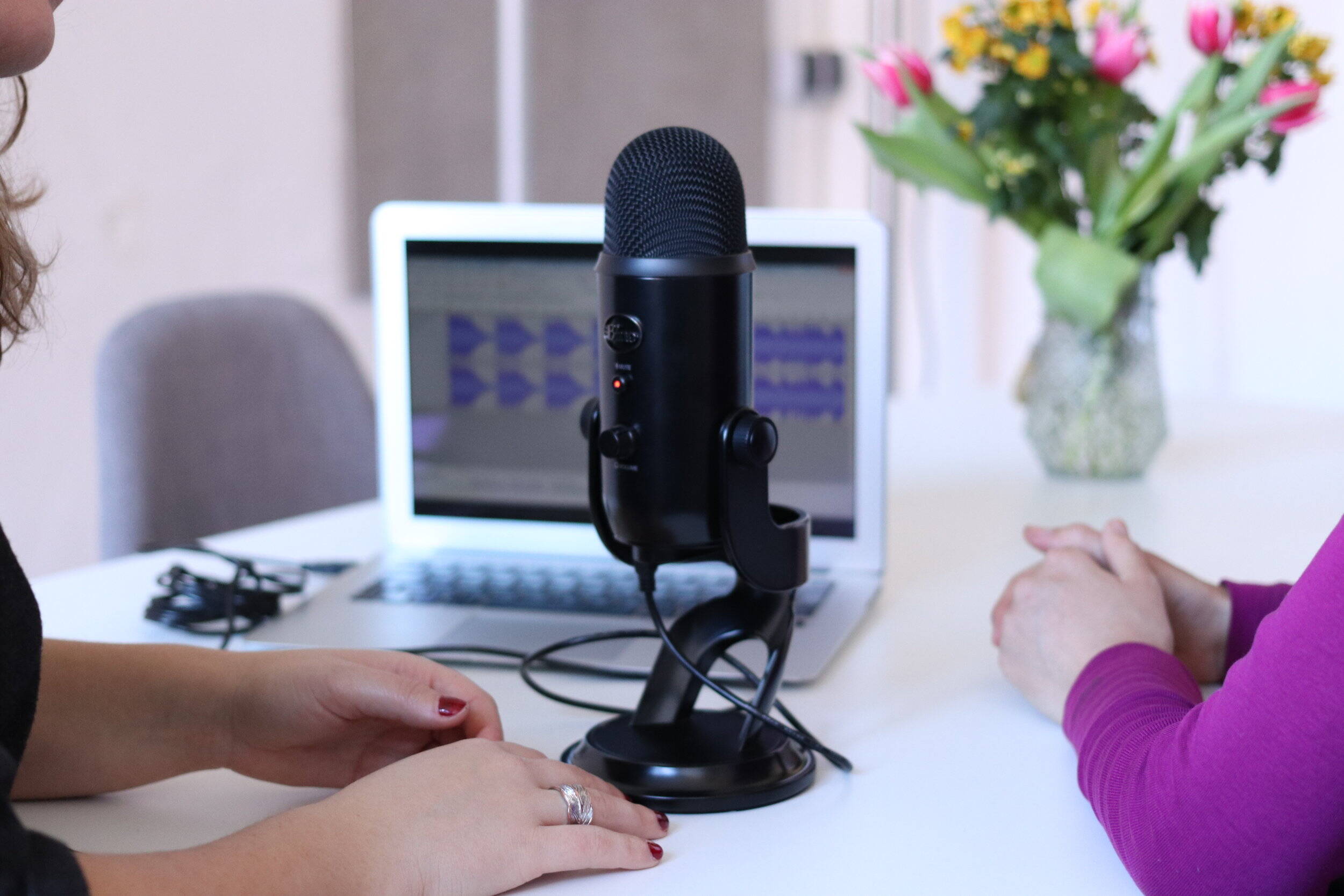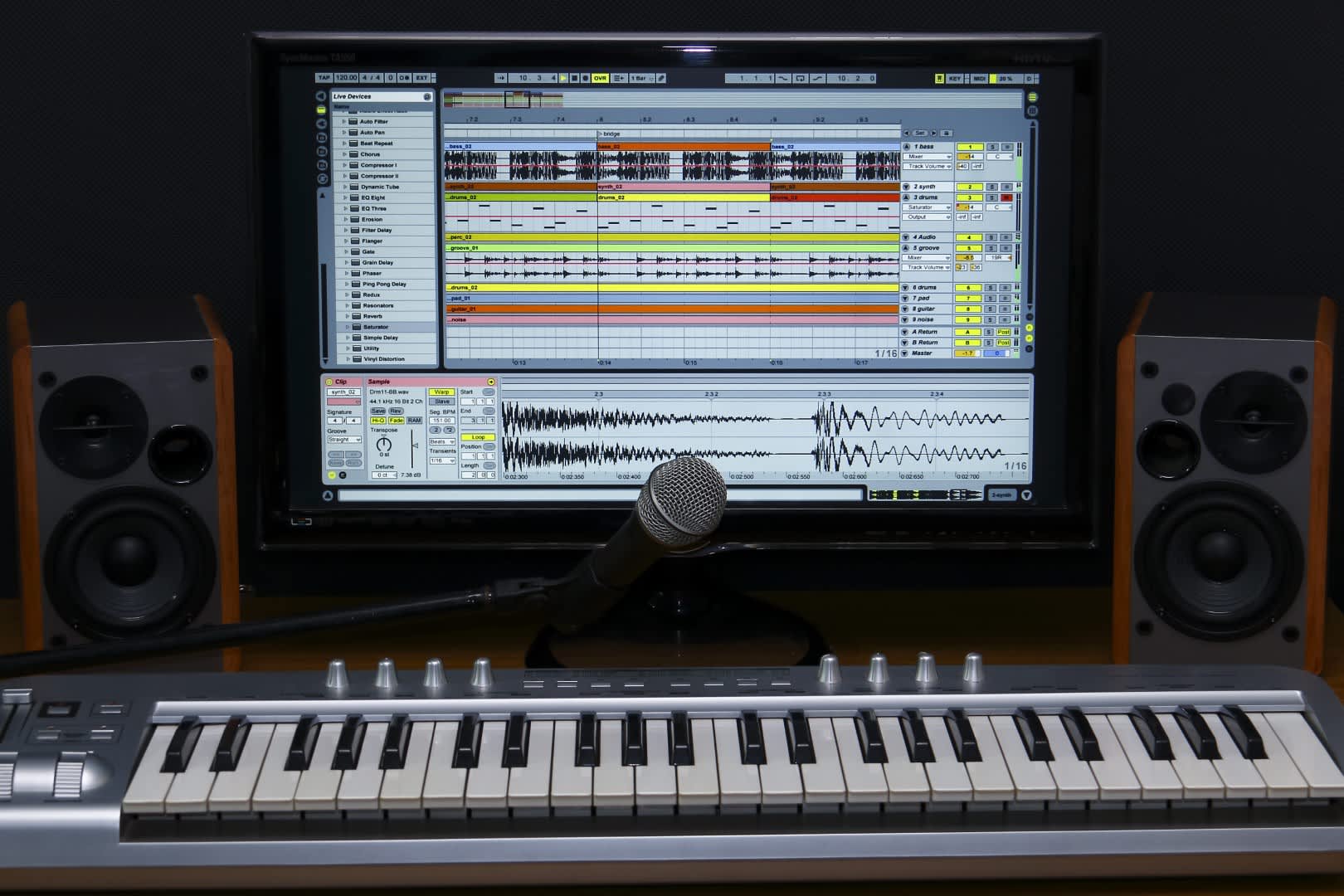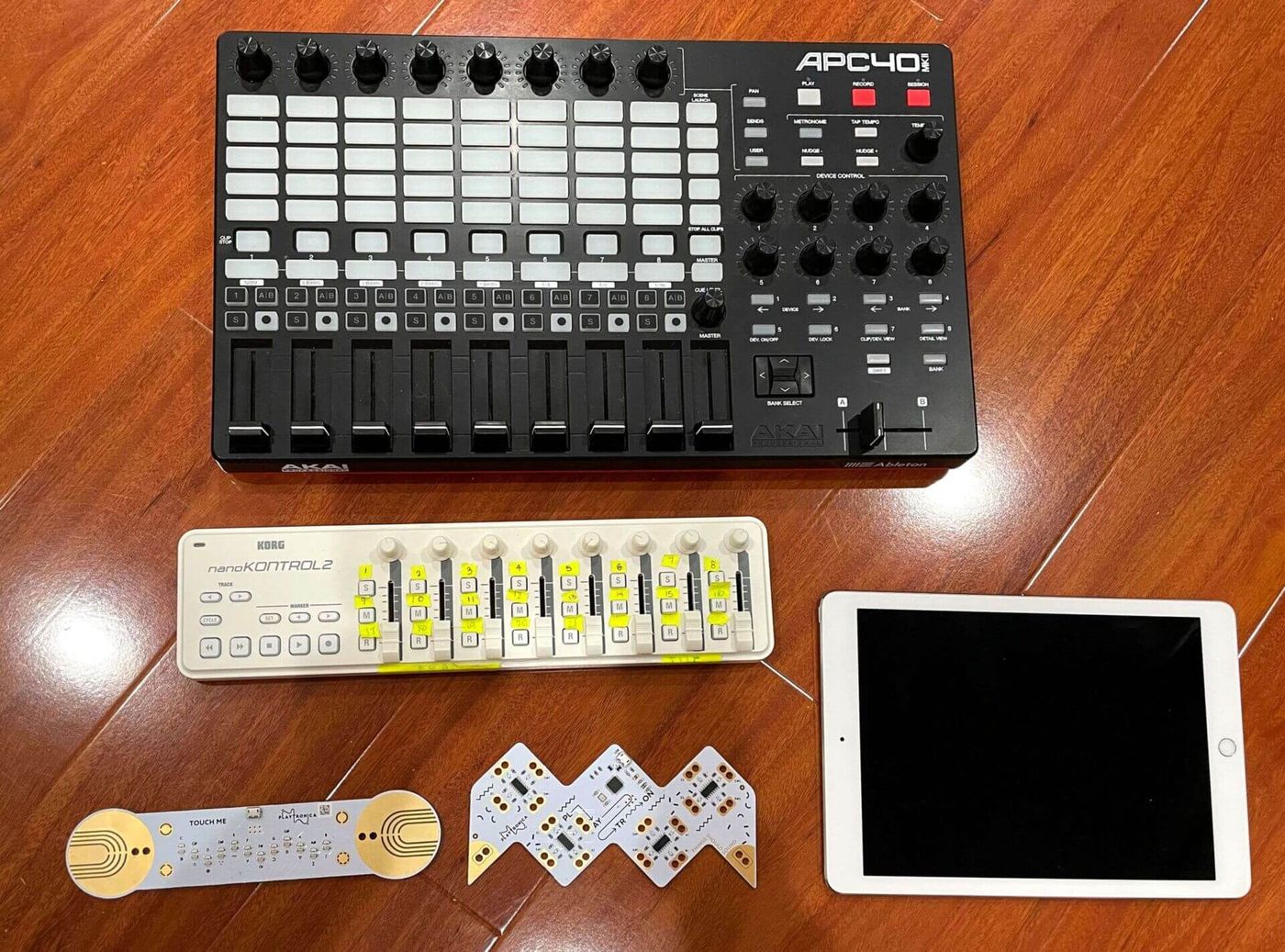Home>Production & Technology>MIDI>What Is MIDI Through?


MIDI
What Is MIDI Through?
Published: February 19, 2024
Discover the power of MIDI through and its impact on music production. Learn how MIDI through technology revolutionizes the way music is created and performed. Unlock the potential of MIDI for your musical endeavors.
(Many of the links in this article redirect to a specific reviewed product. Your purchase of these products through affiliate links helps to generate commission for AudioLover.com, at no extra cost. Learn more)
Table of Contents
Introduction
The world of music is a fascinating realm where creativity and technology converge to produce mesmerizing melodies and harmonious compositions. In this digital age, musicians and audio enthusiasts are constantly seeking innovative tools to enhance their craft and elevate their sonic experiences. One such groundbreaking technology that has revolutionized the music industry is MIDI Through.
MIDI, which stands for Musical Instrument Digital Interface, has been a game-changer since its inception in the early 1980s. It serves as a universal language for electronic musical instruments, computers, and other audio devices, allowing them to communicate and synchronize seamlessly. MIDI Through, an essential component of MIDI functionality, plays a pivotal role in facilitating the transmission of musical data between interconnected devices.
As we delve deeper into the realm of MIDI Through, we will unravel its intricacies, understand its underlying mechanisms, and explore the myriad benefits it offers to musicians, producers, and audio engineers. Furthermore, we will examine real-world applications of MIDI Through, shedding light on its versatility and adaptability across diverse musical contexts.
Join me on this insightful journey as we embark on a captivating exploration of MIDI Through, a technological marvel that continues to shape the landscape of modern music production and performance.
Understanding MIDI Through
MIDI Through, an integral aspect of the MIDI protocol, serves as a conduit for transmitting musical data between interconnected devices. It acts as a bridge, facilitating the seamless exchange of MIDI information without altering the content. In essence, MIDI Through allows the data received by one device to be forwarded to another, enabling a daisy-chain connection of MIDI devices.
When a MIDI signal is received by a device equipped with MIDI Through functionality, it is retransmitted in its original form to subsequent devices in the chain. This means that the data remains unaltered as it traverses through the connected devices, ensuring that the musical information reaches its intended destinations with precision and accuracy.
One of the key distinguishing features of MIDI Through is its ability to transmit data across multiple devices without introducing any latency or signal degradation. This is particularly advantageous in scenarios where numerous MIDI instruments, controllers, and sound modules need to be interconnected to form a cohesive musical setup. By leveraging MIDI Through, musicians and producers can create intricate networks of MIDI-enabled devices, allowing for seamless communication and synchronization within their setups.
Furthermore, MIDI Through operates independently of the MIDI channel assignments, thereby enabling the simultaneous transmission of data across all channels. This unrestricted flow of MIDI information empowers users to orchestrate complex musical arrangements and control a diverse array of parameters across multiple devices, fostering a truly immersive and dynamic musical experience.
In essence, understanding MIDI Through entails recognizing its role as a conduit for uninterrupted and unaltered transmission of MIDI data within interconnected systems. This foundational understanding forms the bedrock for harnessing the full potential of MIDI technology, empowering musicians and audio professionals to craft captivating compositions and deliver compelling performances with unparalleled precision and flexibility.
How MIDI Through Works
MIDI Through operates on a simple yet ingenious principle, enabling the seamless transmission of musical data between interconnected devices. When a MIDI signal is received by a device equipped with MIDI Through functionality, it is retransmitted in its original form to subsequent devices in the chain. This means that the data remains unaltered as it traverses through the connected devices, ensuring that the musical information reaches its intended destinations with precision and accuracy.
The mechanism behind MIDI Through can be likened to a relay race, where the baton (in this case, the MIDI data) is passed from one runner (device) to the next without any modification. This unidirectional flow of data ensures that the original musical instructions, such as note events, control changes, and other performance parameters, are faithfully relayed to each device in the MIDI chain. As a result, the interconnected devices can interpret and act upon the transmitted MIDI data without any loss of fidelity or timing discrepancies.
One of the key advantages of MIDI Through is its ability to maintain synchronization and consistency across the interconnected devices. Whether it's a complex setup comprising synthesizers, drum machines, sequencers, and effects processors or a more streamlined configuration involving a MIDI controller and a single sound module, MIDI Through ensures that the musical data flows seamlessly, allowing for cohesive and harmonious musical performances.
Furthermore, MIDI Through operates independently of the MIDI channel assignments, meaning that it can transmit data across all channels simultaneously. This unrestricted flow of MIDI information empowers musicians and producers to orchestrate complex musical arrangements and control a diverse array of parameters across multiple devices, fostering a truly immersive and dynamic musical experience.
In practical terms, MIDI Through simplifies the process of integrating MIDI-enabled devices into a cohesive musical ecosystem. Whether it's triggering samples on a drum module from a MIDI keyboard, synchronizing tempo between a sequencer and a synthesizer, or controlling parameters on multiple effects units from a master MIDI controller, MIDI Through ensures that the musical instructions are faithfully relayed, allowing for seamless integration and enhanced creative possibilities.
In essence, the functionality of MIDI Through hinges on its ability to maintain the integrity of MIDI data as it traverses through interconnected devices, fostering a seamless and efficient exchange of musical information within diverse musical setups. This fundamental mechanism underpins the versatility and reliability of MIDI Through, making it an indispensable tool for musicians, producers, and audio engineers seeking to harness the full potential of MIDI technology.
Benefits of Using MIDI Through
MIDI Through offers a myriad of benefits that significantly enhance the efficiency, flexibility, and creative potential of MIDI-based music production and performance. By leveraging the capabilities of MIDI Through, musicians, producers, and audio engineers can unlock a wealth of advantages that streamline their workflows and elevate their sonic endeavors.
1. Seamless Integration
MIDI Through facilitates the seamless integration of MIDI-enabled devices within a musical setup. Whether it's linking multiple synthesizers, drum machines, sequencers, and effects processors or connecting MIDI controllers to software instruments and sound modules, MIDI Through ensures that the musical data flows effortlessly, enabling cohesive and synchronized performances.
2. Uninterrupted Data Transmission
One of the primary advantages of MIDI Through is its ability to transmit MIDI data across interconnected devices without introducing latency or signal degradation. This uninterrupted transmission of musical information ensures that the original performance instructions, such as note events, control changes, and system exclusive (SysEx) messages, reach their intended destinations with precision and accuracy.
3. Expanded Creative Possibilities
By harnessing the capabilities of MIDI Through, musicians and producers can explore expanded creative possibilities within their musical arrangements. The ability to seamlessly relay MIDI data across multiple devices empowers users to orchestrate complex compositions, control a diverse array of parameters, and synchronize various elements of their setups, fostering a dynamic and immersive musical experience.
4. Efficient Workflow Management
MIDI Through streamlines workflow management by enabling the creation of intricate networks of MIDI devices without compromising on performance or reliability. This efficiency allows users to focus on their artistic endeavors, knowing that MIDI Through provides a robust and dependable means of transmitting musical data across their interconnected devices.
5. Versatility and Adaptability
The versatility and adaptability of MIDI Through make it a valuable asset in diverse musical contexts. Whether in studio productions, live performances, or interactive installations, MIDI Through empowers users to configure and control their MIDI setups with precision, enabling them to deliver captivating musical experiences across a wide spectrum of applications.
In essence, the benefits of using MIDI Through extend beyond technical functionalities, encompassing the enhancement of creative workflows, the seamless integration of MIDI devices, and the amplification of artistic expression. By embracing MIDI Through, musicians and audio professionals can harness its transformative potential to elevate their musical endeavors and unlock new realms of sonic exploration and innovation.
Examples of MIDI Through Applications
MIDI Through finds diverse and innovative applications across the spectrum of music production, live performances, and interactive installations. Its seamless transmission of musical data and unaltered relay functionality make it an indispensable tool in shaping captivating musical experiences. Let's explore some compelling examples of MIDI Through applications that showcase its versatility and adaptability in real-world scenarios.
1. Studio Productions
In the realm of studio productions, MIDI Through serves as a linchpin for interconnecting synthesizers, drum machines, sequencers, and effects processors. This enables music producers to construct intricate sonic landscapes, synchronize tempo and parameter changes across multiple devices, and seamlessly integrate MIDI controllers for expressive performances. Whether it's triggering sample playback, modulating sound textures, or automating effects processing, MIDI Through empowers producers to sculpt captivating musical compositions with precision and finesse.
2. Live Performances
In the context of live performances, MIDI Through plays a pivotal role in orchestrating dynamic and immersive musical experiences. Musicians utilize MIDI Through to establish interconnected networks of MIDI instruments and controllers, allowing for seamless communication and synchronization on stage. This facilitates the integration of hardware synthesizers, samplers, and electronic drum pads, enabling performers to trigger sounds, manipulate parameters, and execute intricate arrangements with fluidity and reliability. MIDI Through ensures that the musical instructions flow seamlessly, empowering artists to deliver captivating and expressive live performances.
3. Interactive Installations
MIDI Through extends its influence to interactive installations, where it forms the backbone of immersive and interactive audiovisual experiences. Artists and designers leverage MIDI Through to connect MIDI-enabled devices to interactive interfaces, sensors, and visual projections, creating captivating multimedia environments. Whether it's triggering soundscapes in response to user interactions, synchronizing music with visual elements, or dynamically controlling lighting and spatial effects, MIDI Through enables the seamless integration of musical and visual components, resulting in compelling and engaging interactive installations.
4. Hybrid Instrument Setups
MIDI Through facilitates the creation of hybrid instrument setups that blend traditional and electronic musical elements. Musicians harness MIDI Through to integrate acoustic instruments, such as pianos and guitars, with MIDI controllers and sound modules, expanding the sonic palette and creative possibilities. This integration allows for expressive performances that seamlessly combine acoustic timbres with electronic textures, blurring the boundaries between traditional and modern musical expressions. MIDI Through empowers musicians to craft captivating and genre-defying musical experiences that resonate with depth and authenticity.
In essence, these examples underscore the diverse and impactful applications of MIDI Through, showcasing its pivotal role in shaping compelling musical experiences across studio productions, live performances, interactive installations, and hybrid instrument setups. By embracing the capabilities of MIDI Through, musicians, producers, and artists continue to push the boundaries of sonic innovation, harnessing its transformative potential to craft captivating and immersive musical journeys.
Conclusion
In conclusion, MIDI Through stands as a cornerstone of modern music technology, offering a seamless conduit for the transmission of musical data across interconnected devices. Its ability to relay MIDI information without introducing latency, signal degradation, or channel restrictions makes it an indispensable tool for musicians, producers, and audio engineers seeking to elevate their creative endeavors.
By unraveling the intricacies of MIDI Through, we have gained a deeper understanding of its fundamental role in shaping captivating musical experiences. From studio productions to live performances and interactive installations, MIDI Through permeates diverse musical contexts, empowering users to orchestrate intricate sonic landscapes, synchronize performances, and seamlessly integrate traditional and electronic musical elements.
The benefits of MIDI Through extend beyond technical functionalities, encompassing the enhancement of creative workflows, the seamless integration of MIDI devices, and the amplification of artistic expression. Its versatility and adaptability make it a valuable asset in shaping compelling musical journeys, enabling users to explore expanded creative possibilities and deliver captivating performances across a wide spectrum of applications.
As we reflect on the transformative potential of MIDI Through, it becomes evident that its influence transcends the realm of technology, resonating deeply with the artistic pursuits and sonic explorations of musicians and audio professionals. It serves as a catalyst for innovation, opening new realms of sonic possibility and enabling the realization of musical visions with precision and finesse.
In essence, MIDI Through embodies the harmonious convergence of technology and creativity, standing as a testament to the enduring power of innovation in shaping the landscape of modern music production and performance. As we continue to harness the capabilities of MIDI Through, we embark on a journey of sonic discovery, where musical expressions unfold with seamless fluidity and boundless potential, guided by the unifying language of MIDI.
In the symphony of modern music, MIDI Through serves as a conductor, orchestrating the seamless transmission of musical ideas and shaping immersive sonic experiences that resonate with depth, emotion, and artistry. It is a testament to the enduring legacy of MIDI technology and its unwavering commitment to empowering the creative pursuits of musicians and audio enthusiasts worldwide.











